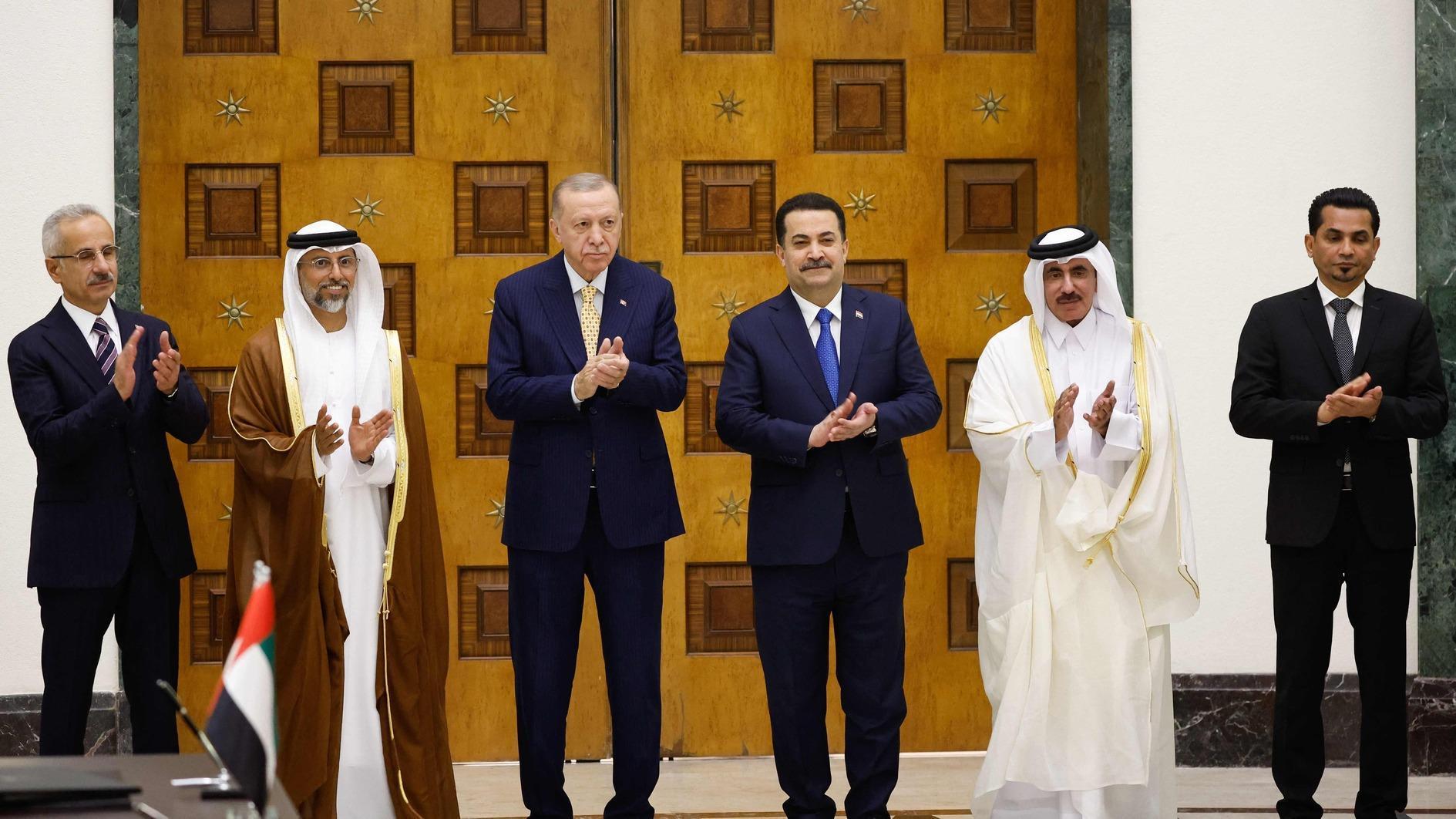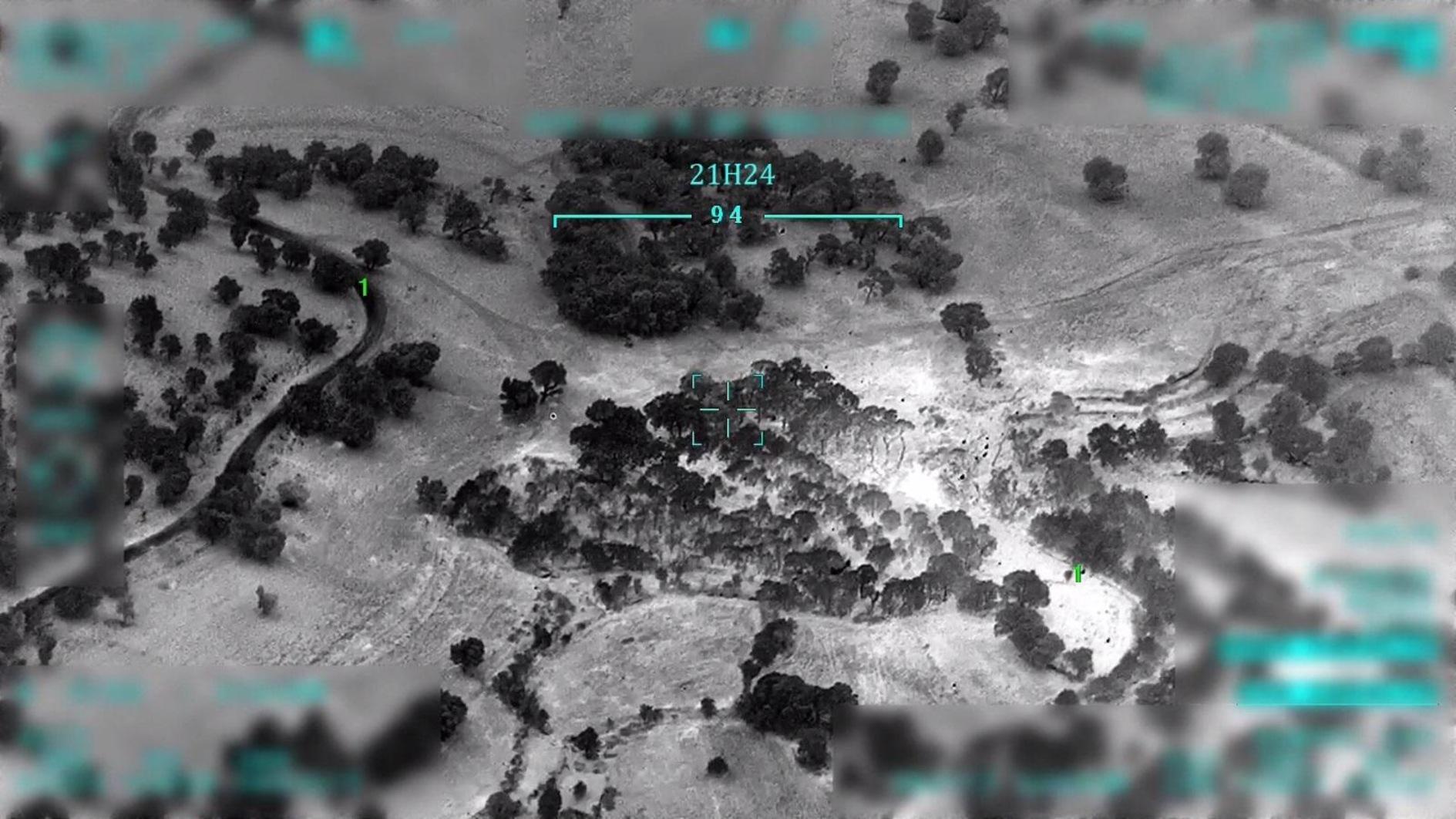The day the Turkish flag was taken down on Syria border
ISTANBUL
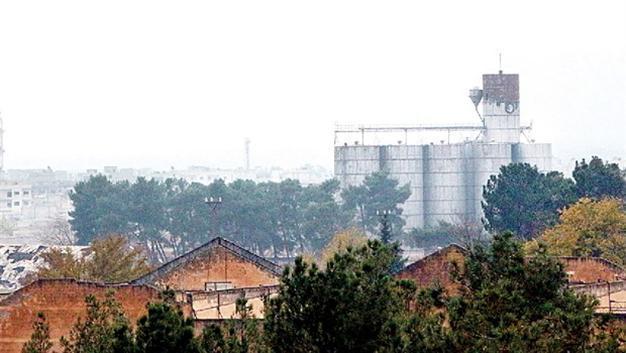
The flag was back on top of the silos on Dec. 2, while the identities of the fighters at the location remained contested.
“ISIS launches attack on Kobani from inside Turkey for first time,” claimed a headline in The Guardian on Nov. 29. The Islamic State of Iraq and the Levant (ISIL), or Isis, militants certainly did engage in a fierce firefight with the Kurdish defenders of the northern Syrian town of Kobane on that day, but the authenticity of the claim that they launched the attack from Turkey has remained in question ever since.Before one the deadliest 24-hour periods for ISIL militants since they launched their mid-September assault to seize Kobane, the jihadists’ assault began with a suicide attack by a bomber in a vehicle on the border crossing between Syria and Turkey.
Meanwhile, a group of fighters were seen atop the granary silos on the Turkish side of the border during the ensuing firefight on the outskirts of Kobane. The Turkish flag on the silo was already gone.
The flag was back on top of the silos on Dec. 2, while the identities of the fighters at the location remained contested amid conflicting explanations from various sides.
Here is a run-down of statements and comments on the issue:
1- Syria’s Kurds
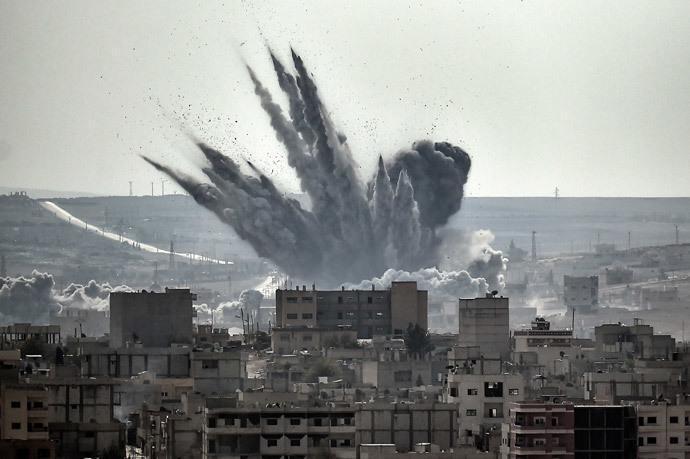
AFP Photo / Aris Messinis
2- Turkey’s Kurdish problem-focused parties
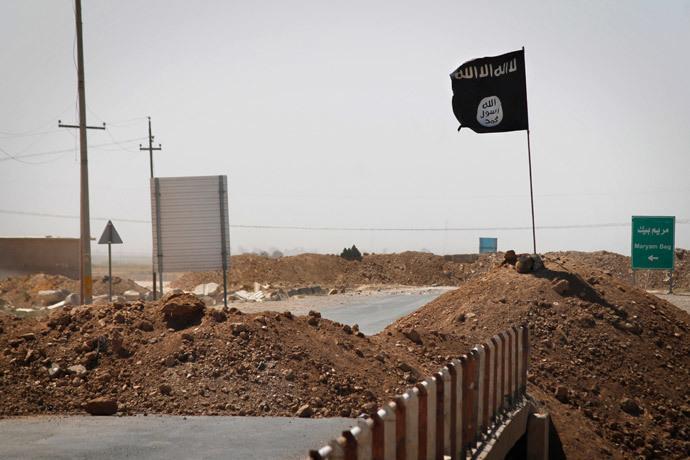
AFP Photo / JM Lopez
Selahattin Demirtaş, the co-leader of the Peoples’ Democratic Party (HDP) in Turkey, also said Dec. 1 that “ISIL attacked the Kobane soil from Turkey.” He continued: “The governorate, the Chief of General Staff and the Prime Ministry [of Turkey] have issued denials. But there are photographs and videos [showing ISIL militants firing from Turkish granary silos].”
Earlier, Kamuran Yüksek, the co-chairman of the Democratic Regions Party (DBP), which shares similar grassroots with the outlawed Kurdistan Workers’ Party (PKK), had said that “some 60 ISIL militants forced the border gate by using the area near the granary silos.”
3- Turkish authorities
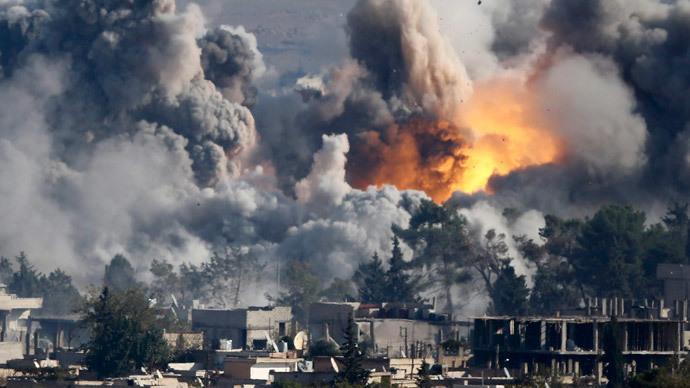
Reuters / Kai Pfaffenbach
Military sources speaking to daily Hürriyet, on the other hand, said ISIL militants crossed into Turkish territory for one minute and 39 seconds, while around 20 YPG militants took refuge in the granary silos during the clashes. On Dec. 2, Turkish security forces carried out an operation in the area and raised the silo’s Turkish flag, three days after it fell down due to the power of the blast of the suicide attack on the border.
4- The PKK

Bese Hozat (L) with PKK leaders Murat Karayılan and Cemil Bayık (R). DHA photo
5- Media source
Turkish daily Cumhuriyet quoted a “high-level official” on Dec. 3 who said ISIL militants had indeed entered the silos “in the heat of the clash,” but they left after just 2-3 minutes when Turkish soldiers fired on them. The same official also said the security cameras of the border gate had been broken one month before the clashes, so the authorities have no footage of the incident.
6- Expert opinion
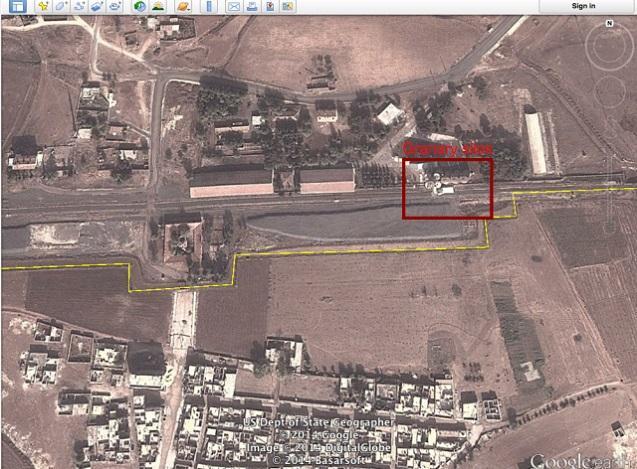
Aaron Stein, an Associate Fellow at the Royal United Services Institute for Defence and Security Studies, published a brief open source analysis of the videos and imagery regarding the incident on his blog on Nov. 30. “IS[IL] fighters attacked from northern side and the YPG entered Turkey from the south, perhaps on the eastern side of the Mursitpinar border gate. Other imagery shows IS[IL] gunmen standing near the silos,” Stein wrote, while adding that his “findings remain subject to change should more imagery become available.”
“The most plausible answer – at least according to what I have seen – is that the truck carrying the explosive was driven through this ‘no-mans-land’. I do not think that Turkey supported this, helped to facilitate this, or is secretly hoping that IS[IL] takes over Kobane. Instead, I think a VBIED [bomb truck] slipped through their buffer zone and entered Kobane early in the morning. Another possible scenario is that it travelled directly along the train tracks. Obviously, if I am correct this would be extremely embarrassing for Turkey,” Stein wrote.


